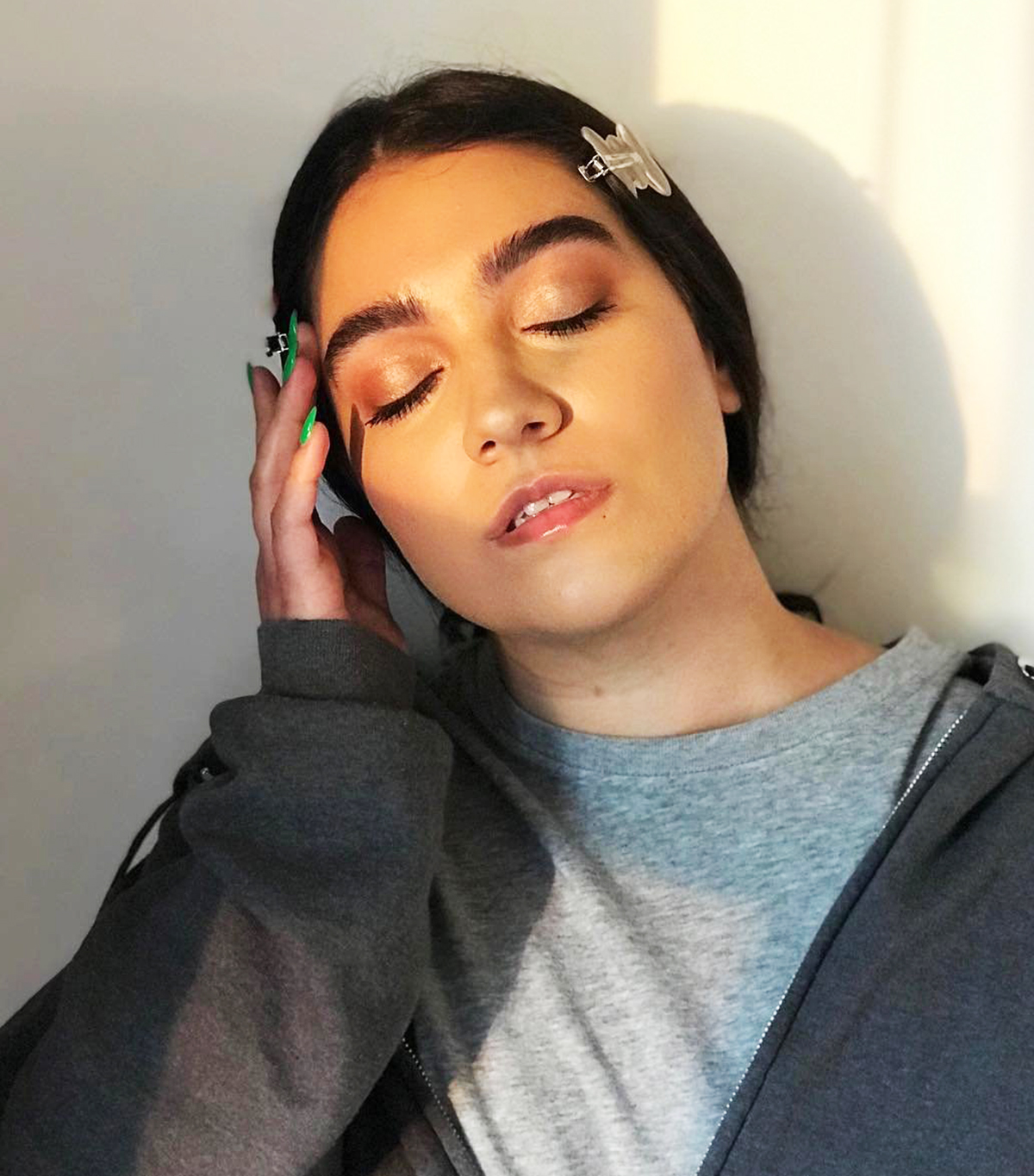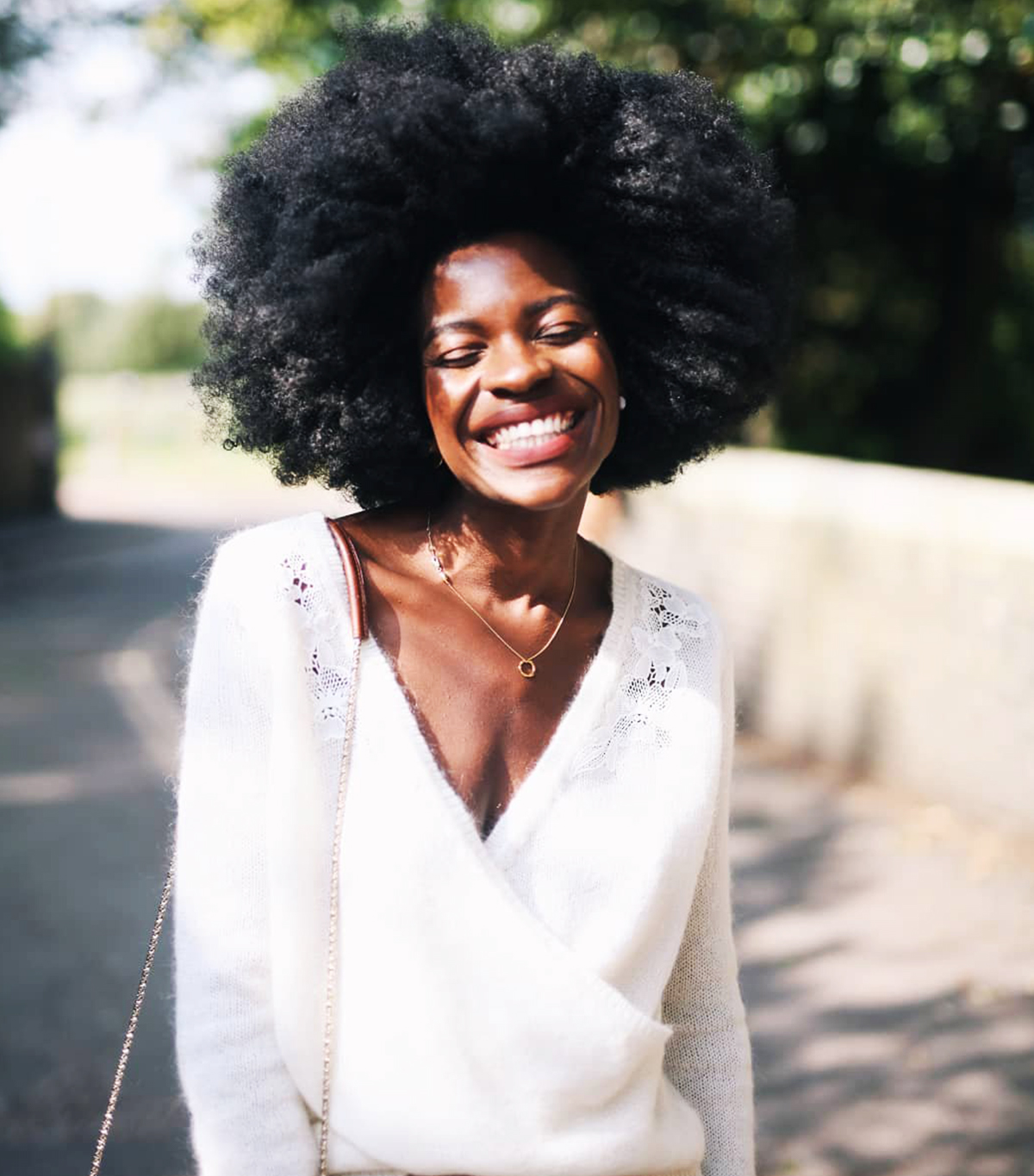Pro Tip: If You're in a Bad Mood, Embrace It


During a recent interview with Jen Gotch, the woman behind happiness-fueled brand Ban.do, our conversation veered at one point toward the mantra #NoBadDays. It's an adage that emblazons one of Ban.do's best-selling tees, but Gotch noted that while aspirational, it also didn't necessarily jibe with her famously realistic view on emotions. This take stuck with me long after we said our goodbyes, probably because it coincides with an ethos that I have begun to internalize in my own life in recent years: that positivity, while an admirable pursuit, can also be confining—and at minimum, it's incredibly unrealistic.
On my own, winding road to emotional wellness, I've learned above all else that policing my feelings isn't just unhealthy but also tends to exacerbate a lack of control. In fighting so hard to turn anger, sadness, or frustration around, I'd only become more aggravated, mounting more pressure for the dam to burst. Through growth (and therapy—lots of therapy), I wondered what it might be like to sit with the "bad" feelings instead. The initial discomfort gave way to catharsis until I began to make a home for the emotions that I had run from for so long. I sat in bed with my journal and queued up my favorite music until the tears fell and I found the clarity that had always escaped me when I was busy raging against my own humanness.
This isn't to say that my "off" days never throw me anymore; it's the nature of emotion to be unpredictable and, quite often, immensely uncomfortable. But it's also dangerous to categorize human feeling as positive or negative, good or bad. To the contrary, there is so much growth to be found in the days when we don't feel our very best.
"Bad days are our greatest teachers," says Amanda Huggins, a yogi and anxiety coach. "They offer us insight into the things that are in our lives that are causing us discontent. When we block or resist those little internal 'pings' that something is off, we're not creating any space for healing. The problem doesn’t go away; we just allow our other distractions to get momentarily louder. Creating space for bad days—and the true healing that comes along with that space—is so critical for coming out the other end happier, more clarified, and more confident."
Still, acquainting ourselves with a bad mood—especially when we have a history of trying to repress it—is often an exercise in uncomfortable introspection. Keep reading to learn how to get over the hump and embrace your bad day for the better.

Accept the bad feeling
Try to relinquish judgment and remember that even if it's not always enjoyable, it's very healthy to experience the full spectrum of emotions on a regular basis. So just call it as you feel it: "Saying, 'Yo, I'm ___ today,' can be a starting place to listen to yourself," says Claire Fountain, fitness expert and mental health advocate. Say it out loud, write it in a journal, and see what comes up. Sometimes it takes a little digging, but you might be surprised by how quickly clarity can set in.
"Letting go of judgment over feelings is a key part of this process of honoring them," says Fountain. "And naming it can help us feel more control as we start to work through them. I don't think it's about wallowing but about being proactive in a kind and self-compassionate way."
After naming the feeling, adopt the "BFF rule"

That is, reconsider your inner dialogue. "Talk to yourself the way your best friend would talk to you," says Huggins. "I guarantee your best friend would never tell you that you're a failure. They'd never tell you you're a screwup or that you'll never reach your goals. Can you approach yourself with that same compassion? With that same unconditional love?"
It's not necessarily about giving yourself a pep talk to turn that mood around but just simply being there for yourself. "Sometimes we just are," says Fountain. "It's not about doing or fixing or altering or shifting or repositioning. There's a time for that, but sometimes we just have to be."
Don't feel guilty about indulging in self-care
"Be so, so gentle with yourself," says Huggins. "Take breaks. Take 'me' time. Self-care and deep rest are so vital for growth, and I encourage you to take absolutely every opportunity you can to honor that." If you're unsure of where to begin, simply putting pen to paper is a start: Journaling is a great way to release and unravel murky emotions.
If you're feeling really low, don't be afraid to ask for help either. "Lean on your friends. Seek out online communities. Find a coach, a mentor, or a therapist that you believe can help you," says Huggins. "There is absolutely no shame in building a personal safety net that makes you feel loved, cared for, and empowered."
Practice some curiosity
I've found that reframing a bad mood as a teachable moment causes me to resent it immensely less. "Pausing to acknowledge any negativity that's bubbled up is wildly confronting," says Huggins. "We have to look at things that upset us, acknowledge places where we've been wronged, and even acknowledge where we've done wrong ourselves."
A bad mood doesn't have to mean a bad day
Have you ever noticed that when you wake up feeling low, it seems like everything else starts to go wrong that day? That's actually an iteration of the law of attraction. When you submit to this mindset that a bad mood sours an entire day, then you're going to look for evidence that backs up that notion.
"If we're really honest with ourselves, most of us don't have wildly catastrophic days where everything goes wrong from 6 a.m. until 9 p.m.," says Huggins. "It's usually just a difficult moment that overstays its welcome with us. I see that snowball effect a lot (and saw it within myself for years!): A bad moment turns into a bad hour, a bad week, a bad month, and all of a sudden, we've created a new story about our emotions."
It is just as important to honor a blue feeling as it is to remember that it does not define your life story or even the plot line of that day or week or year. It's just not that black-and-white. "We are not simply 'okay' or 'not okay,'" says Audry Van Houweling, a holistic nurse practitioner who specializes in mental wellness. "It is possible to be both."
Remember that all emotions are fleeting.
If we were perpetually joyful, would it feel as good? On the flip side, remember that the discomfort of sadness, anxiety, or anger is not here to stay, and consider reframing that to mean you have an opportunity to get the bottom of it before moving on.
"Feelings are like waves; they come and go, and some stay way longer than you think or want, but most will pass," says Fountain. "Riding waves of joy and pleasure is way more fun than waves of sadness, but they will both be with us along the way."
Next up: Learn more about emotional wellness and how to achieve it.
Disclaimer
This article is provided for informational purposes only and is not intended to be used in the place of advice of your physician or other medical professionals. You should always consult with your doctor or healthcare provider first with any health-related questions.

